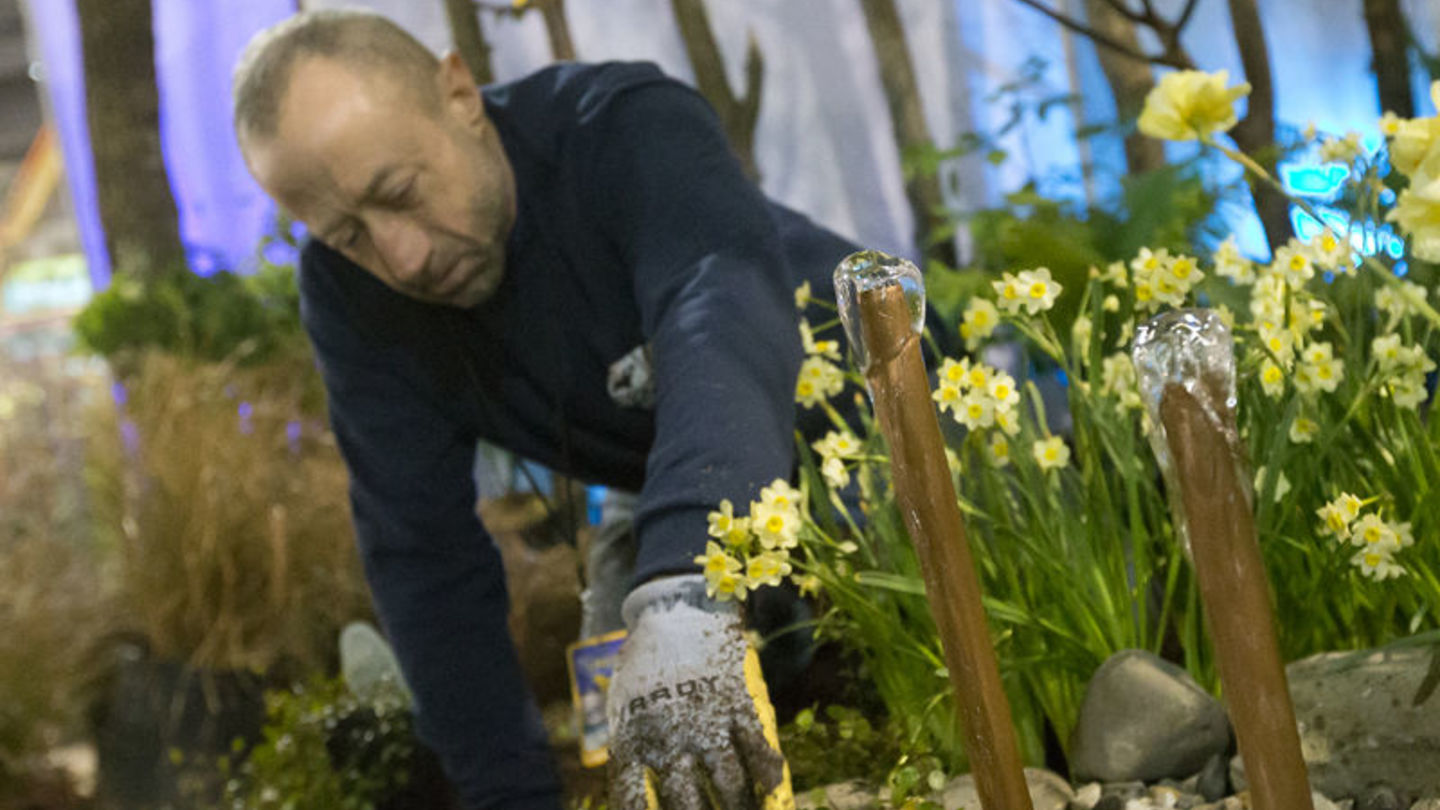
There are few people that haven't enjoyed the rich, varied majesty of the country's national parks at some point in their lives. In 2016, the National Park Service will celebrate its centennial year.
It is a history that Michael LoFurno, adjunct assistant professor in the Department of Landscape Architecture and Horticulture, has examined, a history that mirrors dramatic growth and change within the country.
"When I was in school, we studied the history of landscape architecture and, getting ready for this centennial year, I remembered that so many landscape architects played a huge role in the idea and implementation of national parks in the United States," said LoFurno. "I developed a six-week course for the Pennsylvania Horticultural Society exploring the history and development of the National Park Service as a lead up to the 2016 Philadelphia Flower Show. I looked at the time from the Mayflower up through the 1980's and beyond — what was the impetus for creating national parks, what went into developing the Park Service."
On Friday, January 29, from 12 to 1:30 p.m. and Sunday, January 31, from 1 to 3 p.m., LoFurno will bring a condensed version of his detailed research home to Temple University Ambler as he explores the 100-year history of the National Park Service. The lectures, which are free and open to the public, will be held in the Learning Center Auditorium. CEU credits for Landscape Architectures are available — 1.8 CUEs for $18.
"I'm going to highlight the impact, influence and contributions of landscape architects on the national park system from 1916 to 2016," he said. "It's a very visual presentation, in part focused on the nexus of the automobile becoming a 'new thing' in the early 1900's."
LoFurno said it was the likes of Ford, Rockefeller, Firestone and Edison that helped fuel interest in national parks in the United States.
"They spurred the idea of travel and exploration," he said. "Before the car, people traveling any distance were doing so by train. The idea of exploring these majestic sites by yourself in a vehicle was a very American concept. Supported by New Deal money under Roosevelt, many more locations became national parks, such as Valley Forge and Independence Hall while others, such as Fairmount Park, became state or city parks."
During his lectures, LoFurno will explore local treasures such as the Blue Ridge Parkway, Valley Forge and Hopewell Furnace.
Hopewell Furnace in particular provides the inspiration for Temple University's 2016 exhibit for the Philadelphia Flower Show, "After the Blast: Recollecting Roots and Resources at Hopewell Furnace" — LoFurno is a key member of the faculty team coordinating the exhibit. Presented by the Pennsylvania Horticultural Society, the theme of the 2016 Flower Show is "Explore America: 100 Years of the National Park Service."
"My hope is that is that this talk will help renew excitement in our national parks, particularly the parks in this region," he said. "Often the small national parks, such as Hopewell, get overlooked when we should be doing everything we can to preserve them for this and future generations. I hope people will use this information to go out and explore, rediscover and develop an appreciation for the history of our national parks and the National Park Service."
For more information about Michael LoFurno's lectures, contact 267-468-8440 or llowe@temple.edu.
